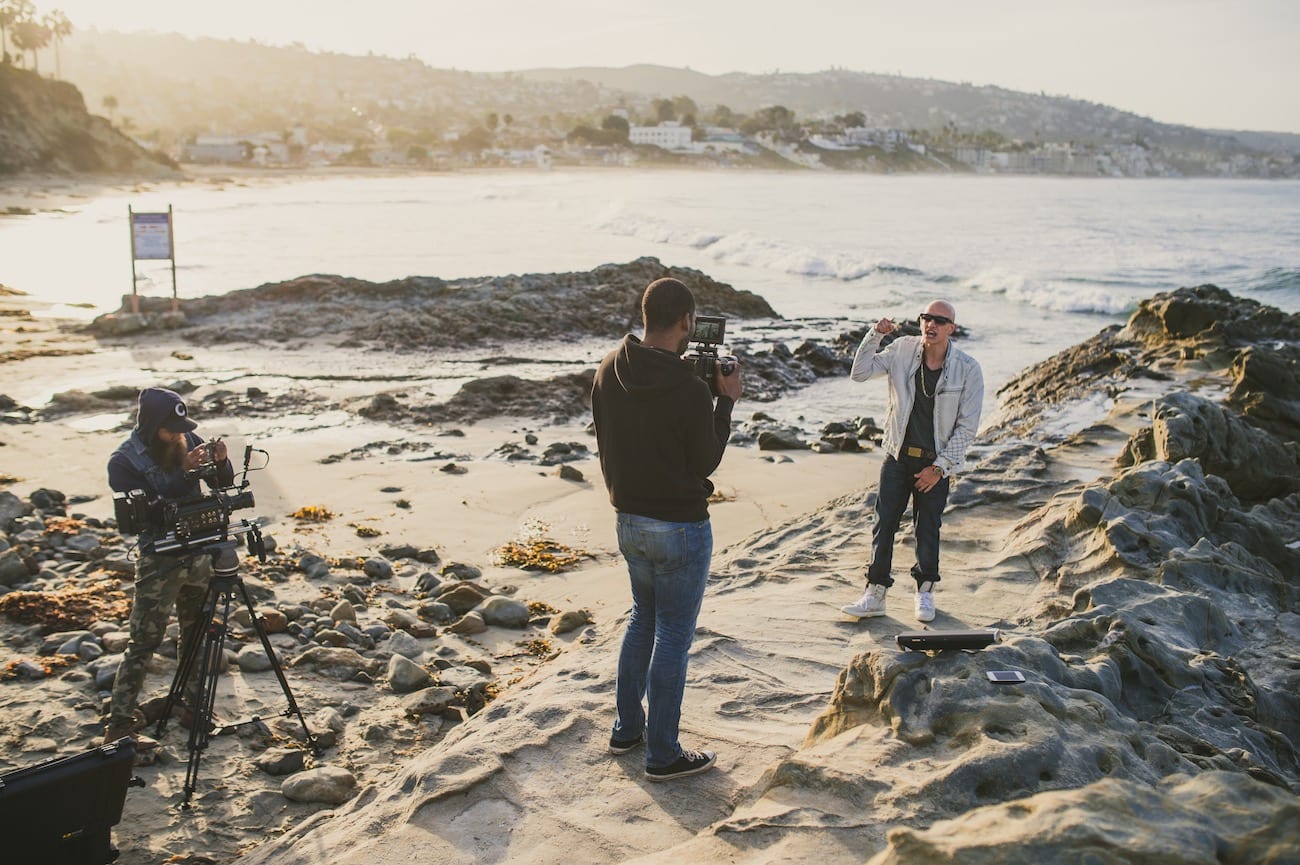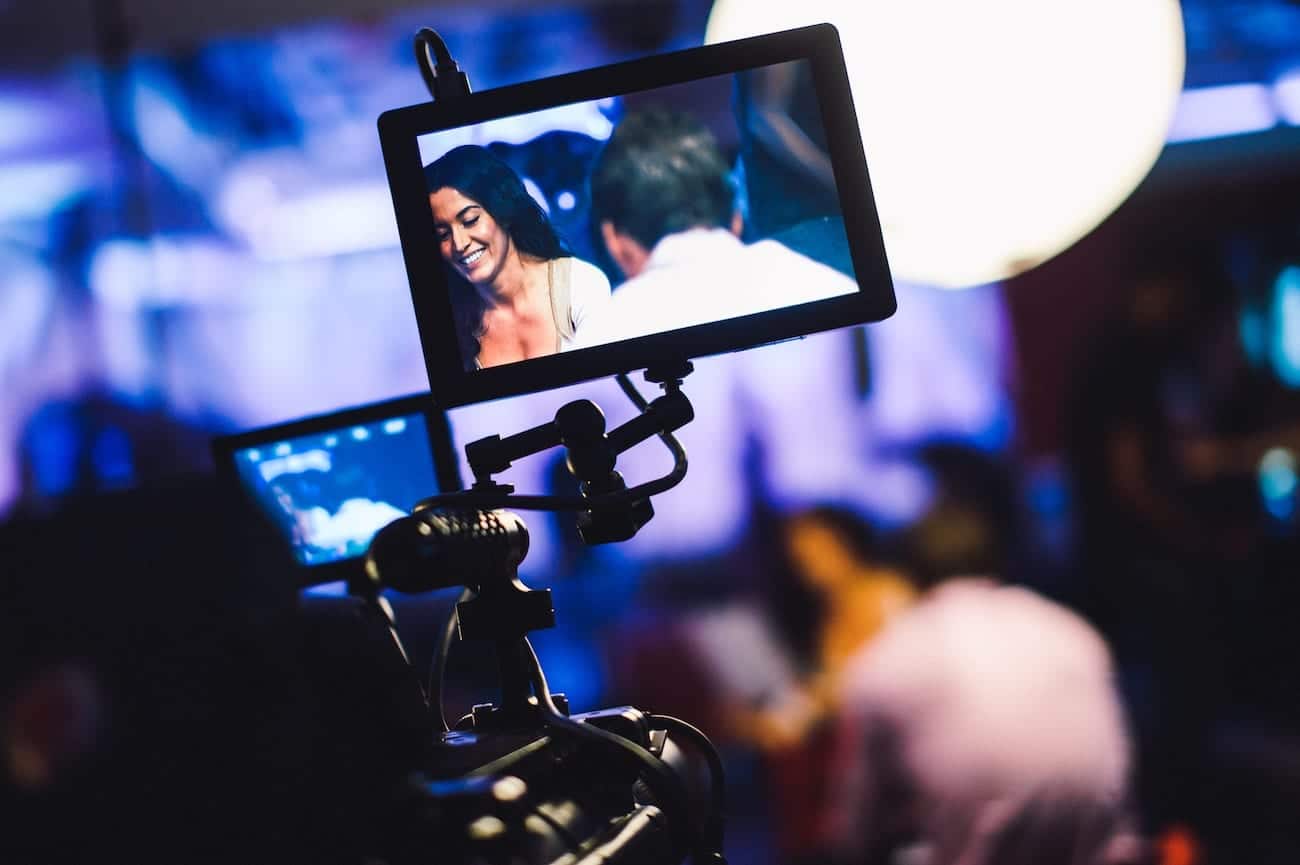Creating engaging content is every marketer’s goal. Creating engaging content that doesn’t convert, however, is a big waste of time and valuable assets.
The big reason content falls short on conversions? It fails to reach an audience.
It is designed to help marketers publish engaging content that caters to, and connects with, more interactive, thoughtful audiences.
Part of the audience’s favorability for Facebook Live Streaming is the chance to interact with their favorite brands in a raw, unfiltered, unscripted setting. Audiences are responding to this authenticity with regular, genuine engagement, which marketers are converting.

When an audience is a part of the conversation in real time they are more emotionally invested in the subject matter. This personal connection to messaging is highly effective. It levels the playing field and in a way humanizes brand messaging by delivering it casually.
These casual business-consumer interactions open consumers up to a whole new spectrum of messaging.
The setting is the most powerful function here.
These conversations happen in a medium that is significantly more relaxed than threads where ads are strategically inserted. This tends to lower the consumers’ apprehensions — their doubt regarding the corporate persona — which positions them to engage in real-time, click to a landing page, purchase online, or subscribe to an emailing list.



For example:
Consider a business with multiple brand extensions. There is the primary identity — the main chunk of what the business produces. This is the industry persona.
Then there is the non-profit brand extension. This motivates the primary identity because the success of the primary directly affects the effectiveness of this extension. This is the philanthropic persona.
There is the culturally centered spin-off of the primary brand. This could be a community forum, a physical place (like a bar or rental space), or a series of regular programming/events. This is the cultural persona.
Finally, there is the merchandising shop. This is a physical space within the business and also an online shop. This is the consumer-centric persona — a way for your audience to attach their identity to your brand via merchandise.
Each brand extension shares certain audiences. Each brand is also comprised of specific subsets of loyal followers that are not as involved in one extension as they may be with another.
One audience subgroup may visit the cultural persona for updates on local events more than they would the philanthropic persona, which has stronger messaging. Furthermore, each audience member may not even follow Facebook pages for each brand extension.
This is a local event hosted by the non-profit, which is associated with, and established by, the primary brand. The cultural brand persona is an information resource for the community, so the “local event” application suites this brand’s guidelines as well. Take this even further and incorporate the merchandising persona into the live broadcast, because of it’s physical presence and connection to the fundraising application.
The messaging is consistent for all brand extensions. They share elements of branding, tone of voice and intent, which allows marketers to broadcast one message on every page. A single live video now has the potential of reaching four target demographics.
That’s not all!
Marketers are in essence introducing and connecting their audience subgroups with one another by connecting multiple brand extensions with one segment of messaging. This ultimately strengthens the overall company culture.
Marketers (in this example) quantify their reach exponentially because Facebook live videos typically experience 3x more engagement than regular video content.

This is an awesome way for marketers to strengthen a brand’s industry authority. Not only does this attract a new audience, but it attracts an audience that is already loyal to a brand that shares similar values.
Say an architecture firm worked in conjunction with a landscape architecture firm on a large-scale design project. Their industries overlap but don’t conflict. Their messaging follows similar guidelines, as do their core values. By collaborating on a live video broadcast they can consolidate loyal viewers and establish greater authority in their industries without compromising each others status.
That’s a big win.

Here are the tips to get started:
- Live content is good if, and only if, it is seen by consumers, so your broadcasting schedule should adhere to your targeted demographic’s schedule. The exception: steaming an event or something you cannot change the time.
- Promote before your broadcast — on all platforms you plan on airing the live video.
- Plan out your live content. You don’t need a script, but you do need an outline to ensure you remain on topic
- Make formatting decisions before filming: I.e., horizontal or vertical (We recommend horizontal videos since they are easier to view on mobile devices).
- Offer context regularly — if people start watching in the middle you want to make sure to reference who you are and what you’re doing or discussing so new viewers aren’t lost.
- Always be responsive — you have live comments and reactions — use them.
- Be likable — do not sell. Engage.
- Give yourself a shoutout and thank people for watching.
- Analyze your results — Facebook has several metrics that you can measure with live videos.